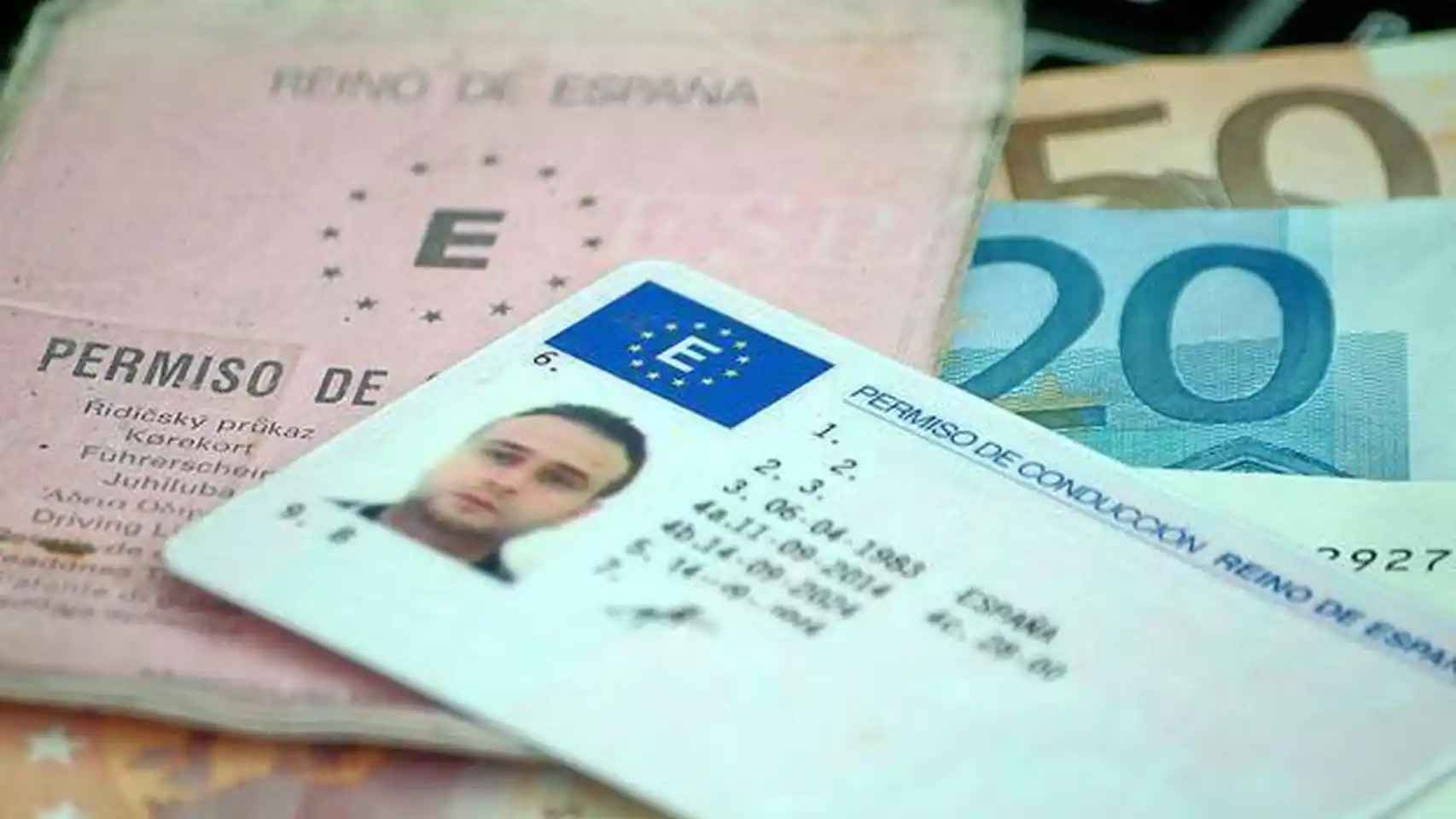The European Commission presented this Wednesday a battery of legislative proposals whose objective is to modernize the rules on driving licences, improve road safety and contribute to the objective of reduce deaths on EU roads to zero by 2050. The main innovations include facilitating that the withdrawal of the card is effective in all EU countrieslaunch an accompanied driving system for 17-year-olds or create a digital permit valid throughout Europe, which will be the first in the world.
“There will be less impunity for traffic offenses committed in other EU Member States”, said the Vice-President of the Commission, Frans Timmermanns. The new rules still have to be discussed and approved by both the European governments and the European Parliament, so their entry into force will still take years. More of 20,000 people lost their lives on EU roads last year and most of the victims were pedestrians, cyclists, and users of scooters and motorcycles.
With regard to the withdrawal of the card, the Community Executive proposes that it be effective in all EU countries for the most serious offenses. Specific, speeding, driving while intoxicated or under the influence of drugs, and any traffic violation resulting in death or serious bodily injury.
[Cuáles son las lesiones más comunes en los accidentes de tráfico y cómo evitarlos]
Currently, the withdrawal of the license only has effects throughout the EU when the offense occurs in the Member State that issued the permit. However, about 18% of all speeding violations are committed by non-resident driverswho thus manage to escape the most serious punishment.
Ending impunity for non-resident drivers is in fact one of the main objectives of Brussels. In 2019, Around 40% of cross-border offenses were committed with impunity, either because the offender was not identified, or because the fine was not paid.
The new rules will allow traffic control authorities to access national driving license registries. The Commission also proposes to strengthen the role of the established national contact points so that they can better cooperate with the authorities involved in the investigation of infringements. With it I know address the current gaps in cooperation between Member States when investigating such infringements.
Regarding the modernization of the rules on the driver’s license, the main novelty is that young people will be able to obtain the permit and start driving cars and trucks at age 17but they will always have to be accompanied until they are 18. This system has already been introduced in Germany and Austria and has had “a very positive impact” on road safety because it allows young people to gain experience behind the wheel.
Those who pass at age 17 will be able to drive unaccompanied from the day they turn 18, as well as work as professional drivers as soon as they find a specific job. This will help address the current driver shortage.
In addition, it is introduced a probationary period of at least two years for new drivers after passing the test, with a zero tolerance rule for drunk driving. This is an aspect that Brussels considers essential, since, although young people only represent 8% of car drivers, two out of five fatal collisions involve drivers under 30 years of age.
Training and driving tests will also be adapted in order to better prepare drivers for the presence of vulnerable road users. The objective is to improve the safety of pedestrians, cyclists and road users. electric scooters and electric bikes as the EU moves towards more sustainable urban mobility.
To simplify the recognition of driving licenses between Member States, the Commission proposes to introduce a digital driving licensewhich will be the first in the world. In this way, it will be much easier replace, renew or exchange a driving licensesince all the procedures will be done online.








![[Img #74675]](https://thelatestnews.world/wp-content/uploads/2024/12/They-discover-a-new-class-of-X-ray-sources-in-the-150x150.jpg)



